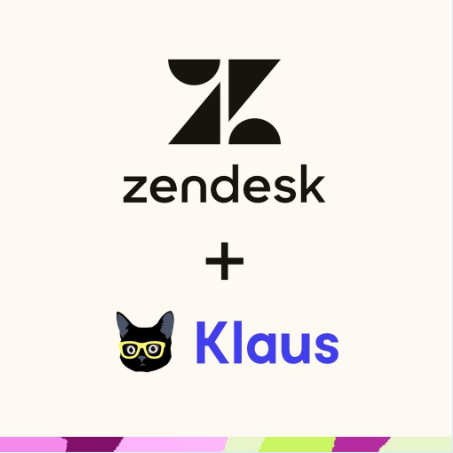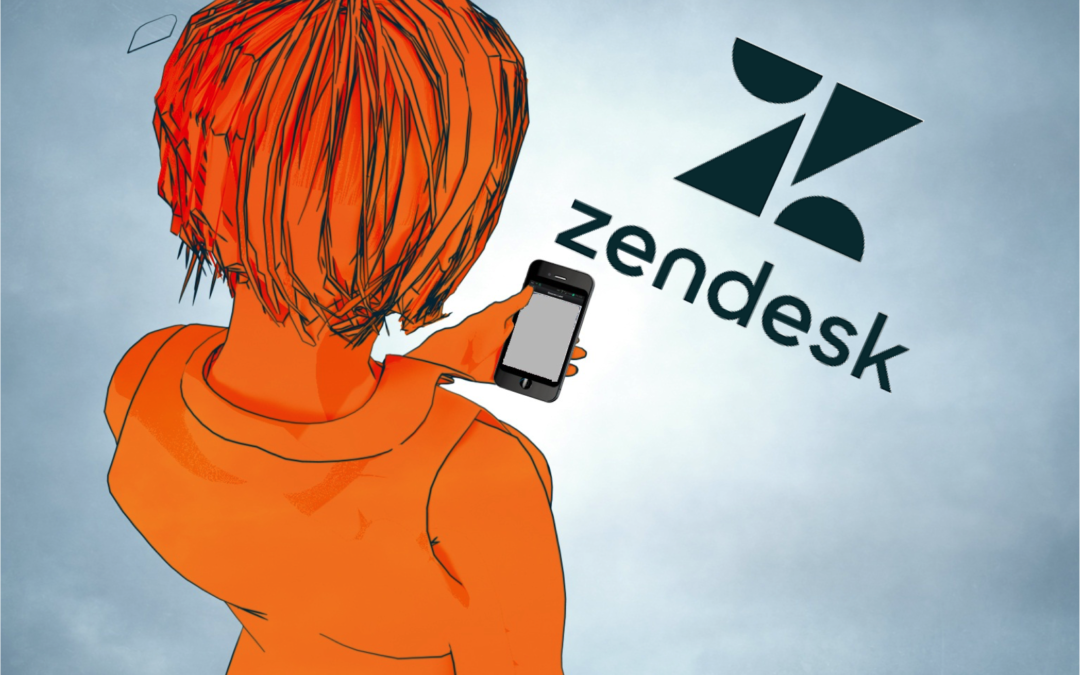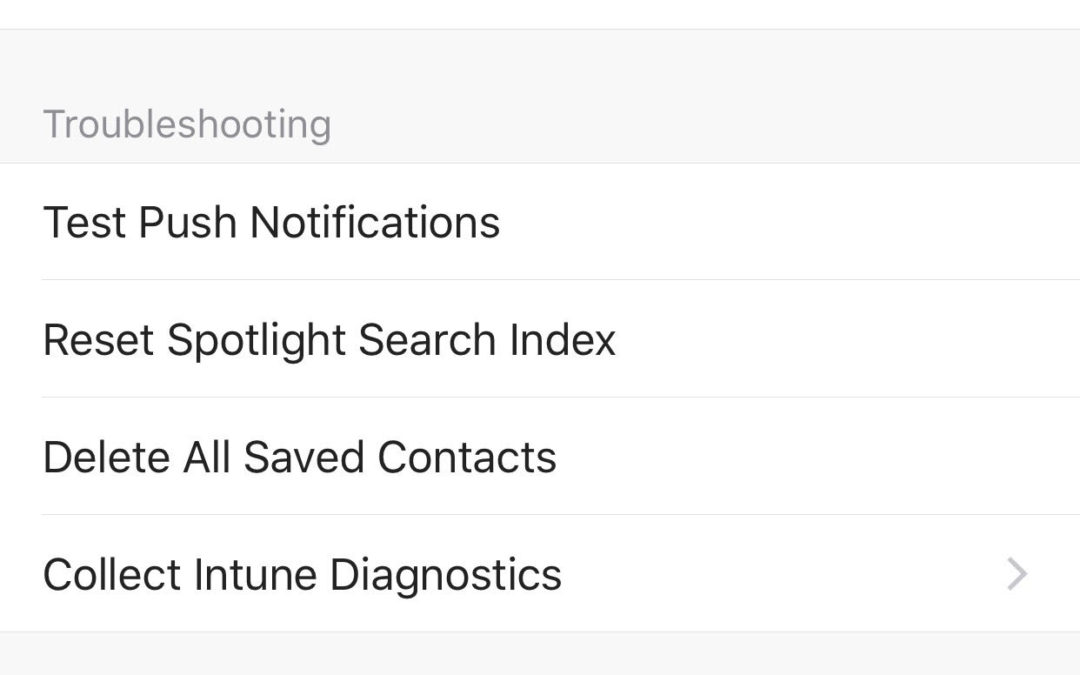
by twieberneit | May 2, 2024 | Analysis, Blog |
The News On April 15 to April 18, 2024, Zendesk held its annual Relate event, including a half day analyst track on April 15. The event was attended by around 1,600 customers, partners and analysts. It was about Zendesk’s strategy, which revolves around – no surprise here – AI to deliver better customer experiences. As part of this strategy, Zendesk also made clear how the past twelve month’s acquisitions of Klaus, Ultimate, and tymeshift get integrated into Zendesk’s customer service offerings, enriching and rounding them off. The company is betting big on AI, working on the assumption that interaction volumes between customers and companies are continuing to increase very fast. As a conclusion of this, service needs to become AI driven to accommodate this scale. Secondly, Zendesk sees AI as the technology underlying the necessary high degree of personalization. Together, this is estimated to increase the market size available to CX solutions that automate CX labor tremendously. At the event, Zendesk had three key announcements. They were AI agents to improve self service solutions, a copilot that helps agents solve incoming tickets faster and provides insight to further optimize the service and a workforce engagement solution that helps improve the productivity of digital and human agents as well as the quality of conversations. Behind all this lies the recognition that customer service is very much conversational. Customers and partners that I talked with had a keen interest in learning more about AI use cases. Many of them had started to use AI but estimated themselves still in early stages. The bigger picture The customer service software market has become...

by twieberneit | Jan 12, 2024 | Analysis, Blog, News |
The news On January 8, 2024, Zendesk announced the acquisition of Klaus, “the industry leading AI-powered quality management platform”. With AI driving a rapid increase in customer service interactions it is necessary for customer service teams to become more efficient while maintaining their quality of service. This is accomplished by a combination of digital and human agents across an increasing number of channels. Ensuring good quality requires a QA solution that is capable of scoring 100 percent of customer interactions, which is what Klaus’s AI is capable of. In doing this, it “pinpoints conversations with positive or negative sentiment, identifies outliers, churn risk, escalations, and necessary follow-ups. According to Zendesk, most QA software does handle only one to two percent of all customer interactions. With workforce enablement management capabilities, Klaus enables the identification of knowledge gaps and coaching opportunities with the goal of improving agent performance and productivity. The result is higher customer satisfaction. According to Martin Kōiva, CEO and founder of Klaus, “Zendesk and Klaus share a vision of Ai-led, personalized CX with businesses fully anticipating and acting on their customers’ needs. QA software plays a critical role in this, ensuring consistency, assessing both human and digital agent performance and providing actionable insights for strategic planning. As part of Zendesk, we will continue to build and deliver thes crucial capabilities, but now at an even greater scale”. The bigger picture Customer service personnel works in a high-pressure environment with lots of turnover; even worse, as frontline workers, they are often the first ones to deal with customers who are already less than amused – equipped with tools that...

by twieberneit | Sep 18, 2022 | Analysis, Blog |
The News On September 14, 2022, Zendesk announced the release of its new customer sentiment and intent functionality: Intelligent Triage and Smart Assist. These new AI based solutions shall “enable businesses to triage customer support requests automatically and access valuable data at scale. Intelligent Triage and Smart Assist are the next step in Zendesk’s vision to create accessible CX AI for companies of all sizes. The technology uses proprietary industry expertise and insights from trillions of customer data points and applies a vertical lens. This creates models custom to each business capable of identifying the intent, language and sentiment of each customer interaction. This unique approach to applying machine learning creates more personalized and informed interactions to better serve customers. For example, specific inquiries, such as “I’m having problems with payment”, can be automatically sent to an agent who is equipped to handle billing for a quicker resolution, while inquiries that include language written in all capital letters or in a sarcastic way will indicate a highly negative sentiment and be routed to the top of the queue. The new capabilities include: Instantly route and prioritize revenue drivers, ensuring agents are working on business-critical requestsAnalyze distribution of requests so businesses can better plan operations, collaborate across departments and identify improvement opportunities supported by data for more efficient CX operationsAutomatically guide agents on how to best resolve a customer’s issue in real-time, understand context, recommend solutions, and improve coaching and training with valuable insightsContinuously boost accuracy as the AI solutions receive feedback on predictions and recommendationsDetect sensitive information automatically to meet compliance and security needs or extract confidential data like...

by twieberneit | Jul 4, 2017 | Analysis, Blog |
Mid of April I published an article about the mobile in-app support landscape that, amongst other players, touched on Zendesk. In this article I stated: “Zendesk is not a mobile native. Their chat widget integrates into web pages and the company does not offer in-app chat. Instead the company offers solutions that hook into existing messaging apps like Facebook Messenger or Whatsapp.” This statement was based upon research that I did in the first half of the month with Zendesk publishing their Fabric based in-app support kit on April 19 of the same month. So, maybe I should have posted this article a little later, but good on Zendesk for getting on with mobile in app support. They had, as well as many other bigger vendors in the customer service and call center arena still have, a wide open flank here that gets covered by specialist vendors like Helpshift, Intercom, or LivePerson, or suite vendors like Freshworks. Zendesk, a Mobile Native or Not? I say that, although I maybe did them wrong by stating that they don’t do in-app FAQs – although I do not believe so, as the help center content seems to be delivered from the server and needs an online connection. Still I maintain that they are not a native player. I will explain my reasoning a little later, after summarizing what I got out of talks with Douglas Hanna and, more recently, Greg Dreyfus from Zendesk. As per now Zendesk offers two different SDKs for mobile. The support SDK and the Chat SDK (both links go to the iOS version, there are Android versions, too)....

by twieberneit | Apr 21, 2017 | Analysis, Blog |
In a mobile world, where the smartphone has become the command center of our lives support needs to be offered from directly inside the app, using in-app messaging. This way the advantages of being able to send relevant contextual information about the state of the app to the service agent and the ability to engage in a service conversation via a conversational UI can get brought to full advantage. The user is identified, relevant information has been gathered, which the service agent can use right away. This leads to capabilities that a genuine mobile in-app support system needs to have on top of generic help center functionality: In-App FAQ that gets pushed out to the phone and is available in an offline scenario Collation of meta data about the phone, user and the incident that created the support call, along with the ability to send that to the customer service center In-App messaging/conversational UI in combination with push notifications Automation to properly route incoming issues and to increase the issue resolution efficiency An ability to integrate into CRM- or other systems An ability to selectively and proactively engage with users, to e.g. support onboarding or push notifications about special situations to relevant parts of the user community. It is possible to find vendors that deliver parts or all of this in order to deliver a mobile service experience. Platforms like G2Crowd, but also traditional analyst companies like Forrester and Gartner give some leads. Gartner lists Salesforce, Pegasystems, Oracle, Microsoft, Zendesk as leaders in customer engagement centers, with SAP being the only Challenger and Lithium the only Visionary. None of...






